-
About
- About Listly
- Community & Support
- Howto
- Chrome Extension
- Bookmarklet
- WordPress Plugin
- Listly Premium
- Privacy
- Terms
- DMCA Copyright
- © 2010-2025 Boomy Labs
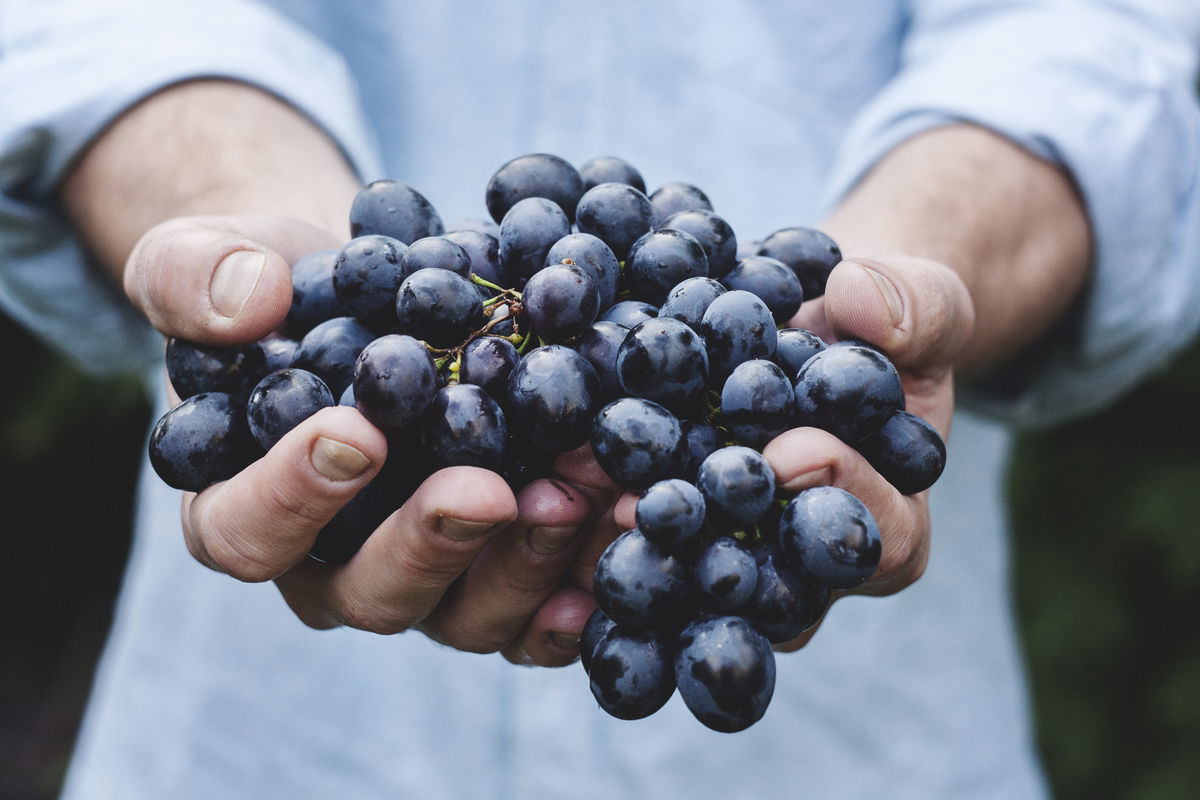

 Mary Aviles
Mary Aviles
Listly by Mary Aviles
Curated list of food trends, including flavors, forms, ingredients and packaging developed using secondary research techniques.
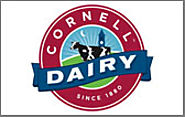
Cornell University's dairy bar has formulated a recovery drink for athletes, reports Seth Berkman in The New York Times (4/18/15). The drink, known as Big Red Refuel, is basically a low-fat chocolate milk, "similar to what is found in standard school lunches." However, it has been tweaked to deliver "16 grams of protein and 230 ...
A foodstuff doesn't become a popular product additive or attribute overnight. To make its way into packaged food makers' recipes and marketing messaging, a foodstuff, flavor or ingredient often needs to start by building awareness and interest just as a new product would. Take quinoa or kale.
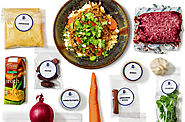
Nick Taranto thinks you should cook your own dinner tonight. He even thinks you might pay him for the privilege. At 28, Mr. Taranto already has a double-Ivy education (Dartmouth, Harvard) and served in the Marines; he was a microfinancier in Indonesia and a private wealth adviser on Wall Street.
by Monica Watrous BOULDER, COLO. - Textured beverages, indulgent nut butters and nutritional desserts top the list of natural and organic food trends compiled by Sterling-Rice Group, a Boulder-based consulting firm. Click here for a slideshow of trends. The group collected expertise from food industry experts, publications and trade shows to identify emerging trends within the segment.
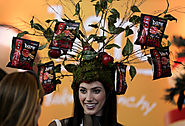
After tasting our way, along with 70,000 other people, through aisles and aisles - more than 2,700 companies had booths - at the massive Natural Products Expo West in Anaheim, we were stuffed and we were enlightened.

I'm a sucker for new food trends, but I usually wait to see what sticks-and what I really like, of course-before spreading the word. Let's face it, not every new food product is worth reporting (looking at you, green ketchup). Sometimes, though, not-to-miss food trends emerge from the fray.

The magic word in new product marketing is "protein," reports Sarah Nassauer in The Wall Street Journal (3/27/13). "It's one of those rare things that has a lot of different meanings to a lot of different people and they are all positive," says Barry Calpino of Kraft Foods.

Over the years, gluten-free, fat-free and low-carb have all ruled as the claim of the moment for the baking industry. One universal claim has been around for centuries: kosher. In fact, kosher has become a standard held by most large food companies, according to Chris Brockman, global food and drink analyst for the Chicago-based research firm Mintel.
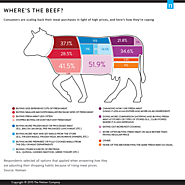
Due to recent pricing and supply issues, U.S. meat sales have gone out to pasture. While fresh meat is still a vital component of retail store health, accounting for 11% of store sales, consumers are shifting their purchasing behaviors and attitudes about meat as they assess the thickness of their wallets in light of these challenges.

Not everyone agrees on the best methods to lose weight, but nearly three-fourths (74%) of global consumers believe they are what they eat. So what do we look for in the foods that fuel our bodies? While fresh, natural and minimally processed foods are most desirable around the world, not all health attributes are equally important around the globe.

Despite our best intentions to eat healthily, the contents of our shopping carts don't always align with our objectives. To better understand what's driving consumption trends, we asked online survey respondents in 60 countries to rate the importance of 27 different health attributes for the foods they buy.
"Despite a recent trend toward healthy eating behaviors, many consumers still tend to overconsume unhealthy foods because of two facts that work in combination," write authors Robert Mai and Stefan Hoffmann (Kiel University, Germany). "Unhealthy is widely associated with being tasty, and taste is the main driver of food decisions.
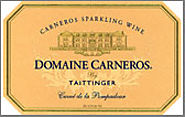
Wineries are attracting fitness enthusiasts with yoga and pilates classes, reports Erin Geiger Smith in The Wall Street Journal (5/28/15). "We kept coming back to this concept of wellness and wine," says Benjamin Rotnicki of Domaine Carneros in Napa Valley, California. The winery offers an "hour-long yoga session ...
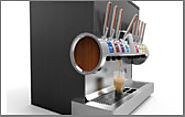
PepsiCo is bringing a "craft beer" sensibility to its latest soda fountain machine, reports Mike Esterl in The Wall Street Journal (6/5/15). Having watched the industrial beer business lose its head to small, local craft breweries, PepsiCo hopes to avoid a similar fate in the soda business with eight newfangled flavors, including agave vanilla cream, ...

June 2, 2015 /PRNewswire/ -- The food industry will eclipse $2 trillion in annual sales by 2025, but restaurants, retailers and manufacturers will be locked into an intense competition for market share and must continually innovate to grow their businesses, according to Technomic Inc.'s groundbreaking report, Food Industry Transformation: The Next Decade.
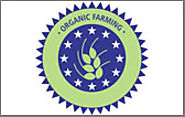
Organic farming can be more profitable than the conventional kind, reports Chelsea Harvey in The Washington Post (6/2/15). This is because of "the premium farmers can charge for organic products," according to a new study published in Proceedings of the National Academy of Sciences. The analysis, by David Crowder and John Reganold of Washington State ...
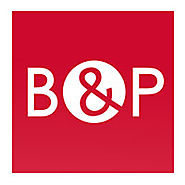
It's official: Millennials have been universally dubbed "The Foodie Generation." The culture surrounding food is changing as today's youth is placing more and more value on exciting, fresh, gourmet fare.
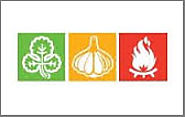
An upscale restauranteur turns to fast-food to introduce Indian cuisine to Americans, reports Sarah Gold in The New York Times (7/12/15). For three years, Gopi Nair managed a collection of fancy Indian restaurants in tony Fairfield County, Connecticut, finding it a challenge "to entice discerning customers" even with "wine-pairing dinners" and the like.

In the past, gourmet cuisine came with a kind of exclusivity; diners with taste buds refined enough to appreciate exotic ingredients, and elaborate preparations were few and far between. Now, foodie culture is becoming more and more mainstream-and accessible to the masses.
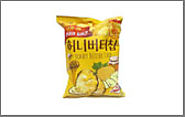
A flavor of the American South is a taste sensation in South Korea, reports Alastair Gale in The Wall Street Journal (7/8/15). The flavor is honey butter, which is well-known to Americans "from Southern dishes like biscuits, cornbread and fried chicken." It is currently all the rage in Seoul.

Brand trust, improved quality and product innovation among the top reasons shoppers are filling their grocery carts with private labels Private label food products are getting some much needed attention, especially from young shoppers, according to the Private Label Foods: What's Driving Purchase? - US, February 2015 report from market intelligence agency, Mintel.
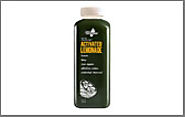
A new line of black lemonade is spiked with activated charcoal, reports Kerry Close in The Wall Street Journal (7/30/15). Its maker, Juice Generation, also produces a charcoal-infused protein drink and another made of mixed greens. Activated charcoal, or "charcoal that has been heated to increase its ability to trap chemicals," is "increasingly used by ...
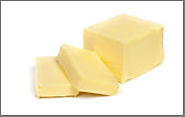
Scientists now say that fat is a flavor in its own right, reports Roberto A. Ferdman in The Washington Post (7/27/15). We've long known about the "four basic tastes: sour, sweet, salty and bitter." A fifth taste, umami, "perhaps best described as savory," has recently been added to the lineup.

A former Silicon Valley exec believes olive oil can be the next craft beer, reports Brian Solomon in Forbes (7/28/15). "Olive oil is the category that marketing forgot," says Gregg Kelley, CEO of California Olive Ranch. "Our strategy is to take olive oil to the place where craft beer, chocolate, cheese, wine and coffee have ...
